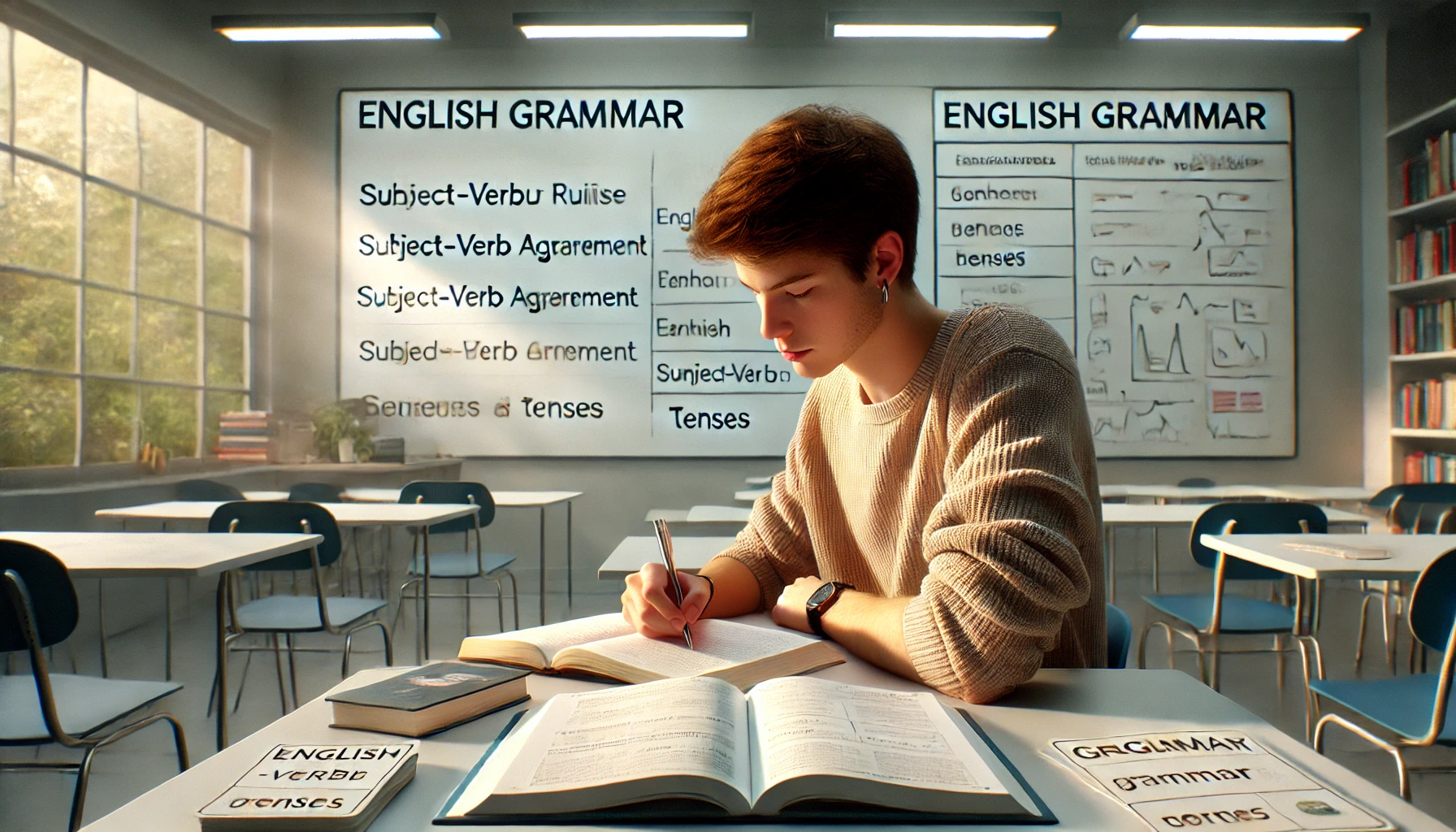Table of Contents
- 1. Introduction to the Future Continuous Tense
- 2. Understanding the Structure
- 3. Key Uses of the Future Continuous Tense
- 4. Examples in Everyday Conversations
- 5. Forming Negative Sentences
- 6. Asking Questions
- 7. Common Mistakes to Avoid
- 8. Practical Applications
- 9. Advanced Tips for Mastery
- 10. Conclusion
1. Introduction to the Future Continuous Tense
The Future Continuous Tense is a powerful tool in English, used to describe actions that will be ongoing at a specific time in the future. Whether you’re discussing plans, predictions, or expectations, this tense adds a dynamic element to your communication.
2. Understanding the Structure
The Future Continuous Tense is formed using the auxiliary verbs “will” and “be”, followed by the present participle (verb+ing).
Formula:
Subject + will + be + verb(-ing)
Examples:
- “I will be working on my project at 5 PM tomorrow.”
- “They will be traveling to Paris next week.”
- “She will be attending the seminar at this time tomorrow.”
3. Key Uses of the Future Continuous Tense
The Future Continuous Tense is versatile and can be used in a variety of contexts:
Describing Ongoing Actions
This tense highlights actions that will be in progress at a specific point in the future:
- “At 8 PM tonight, I will be having dinner.”
- “They will be studying when you arrive.”
Polite Inquiries
Use the tense to make polite or indirect inquiries:
- “Will you be using the meeting room tomorrow morning?”
- “Will she be joining us for dinner?”
Setting Expectations
Indicate expectations for future activities:
- “The team will be preparing for the presentation by then.”
- “We will be finalizing the details over the weekend.”
4. Examples in Everyday Conversations
The Future Continuous Tense often appears in casual and formal dialogues. Here are some scenarios:
In Planning Discussions
- “We will be visiting the museum tomorrow afternoon.”
- “She will be organizing the files while you’re away.”
In Storytelling
- “At that time, he will be driving through the countryside.”
- “They will be celebrating their anniversary next Friday.”
5. Forming Negative Sentences
To create negative sentences, simply add “not” after “will.”
Formula:
Subject + will + not + be + verb(-ing)
Examples:
- “I will not be attending the meeting tomorrow.”
- “They will not be watching the movie tonight.”
- “She will not be working on the project next week.”
6. Asking Questions
To form questions, invert “will” and the subject:
Formula:
Will + subject + be + verb(-ing)?
Examples:
- “Will you be attending the event tomorrow?”
- “Will they be waiting for us at the station?”
- “What will she be doing at 10 AM?”
7. Common Mistakes to Avoid
Here are some frequent errors learners make and how to correct them:
Misusing “to be”
- Incorrect: “He will working tomorrow.”
- Correct: “He will be working tomorrow.”
Forgetting the “-ing” Form
- Incorrect: “They will be work on the project.”
- Correct: “They will be working on the project.”
8. Practical Applications
Practice makes perfect! Use the tense in these scenarios:
- “I will be presenting my findings at the conference.”
- “They will be hiking in the mountains this time next week.”
- “She will be preparing dinner when you arrive.”
9. Advanced Tips for Mastery
Refine your skills with these strategies:
Observe Native Speakers
Combine Tenses
Blend the Future Continuous with other tenses for nuanced storytelling:
- “She will be rehearsing while they practice.”
- “I will be reviewing the documents before the meeting.”
10. Conclusion
The Future Continuous Tense is a valuable aspect of English, offering clarity and depth in conversations about future activities. By mastering its structure and applications, you can enhance your communication skills. Keep practicing, and soon, this tense will become a natural part of your language toolbox. Happy learning!




